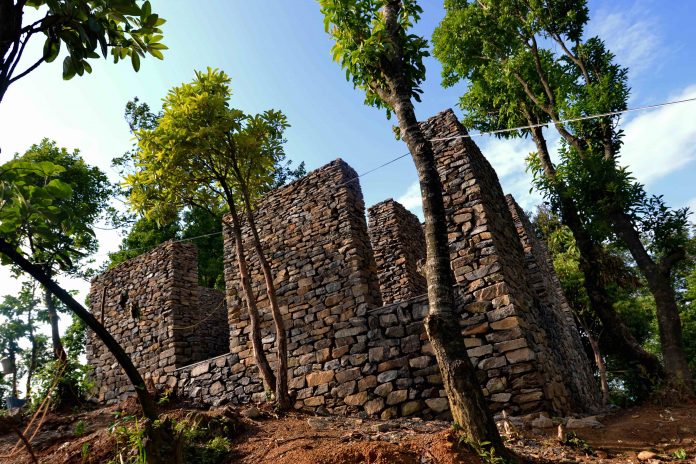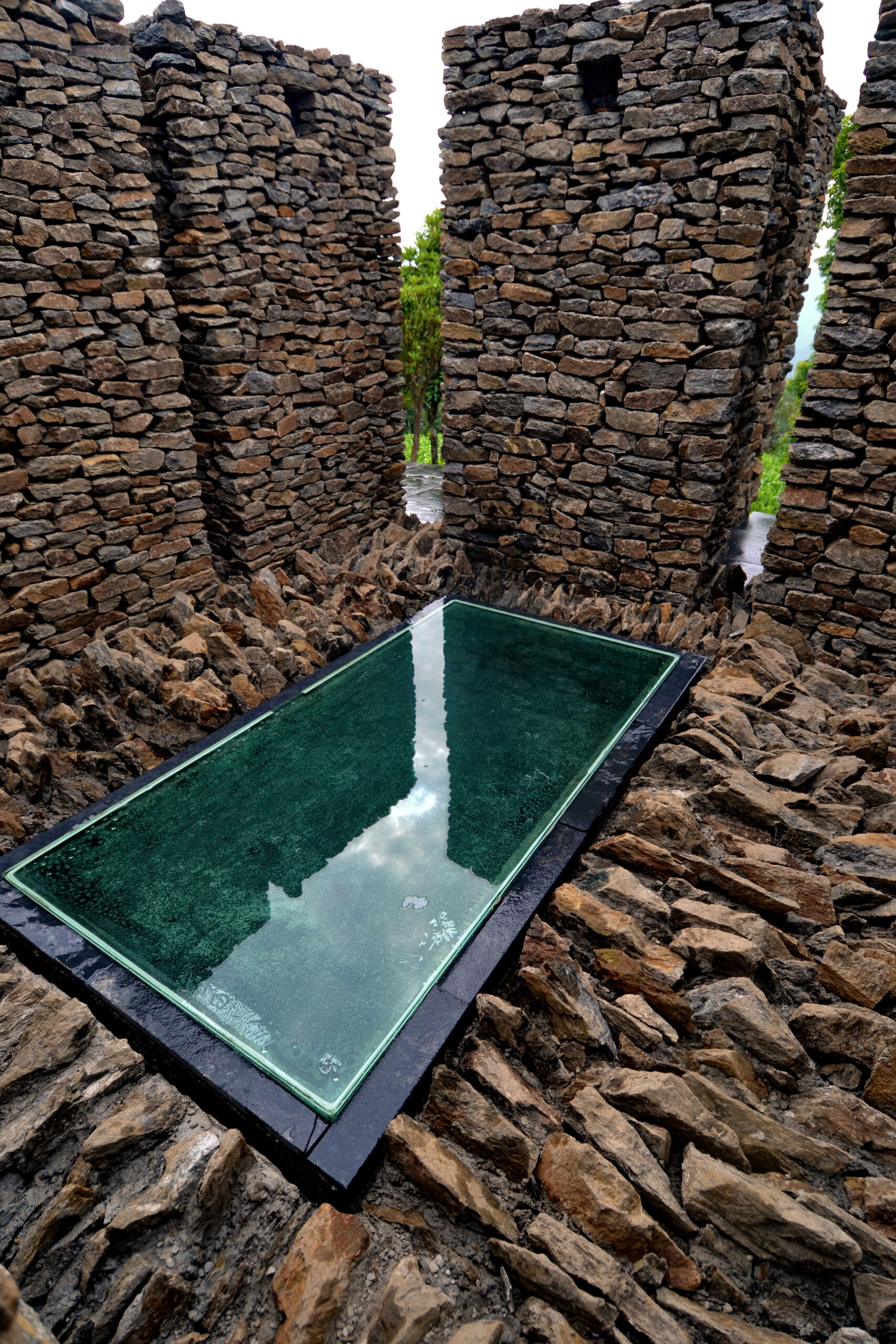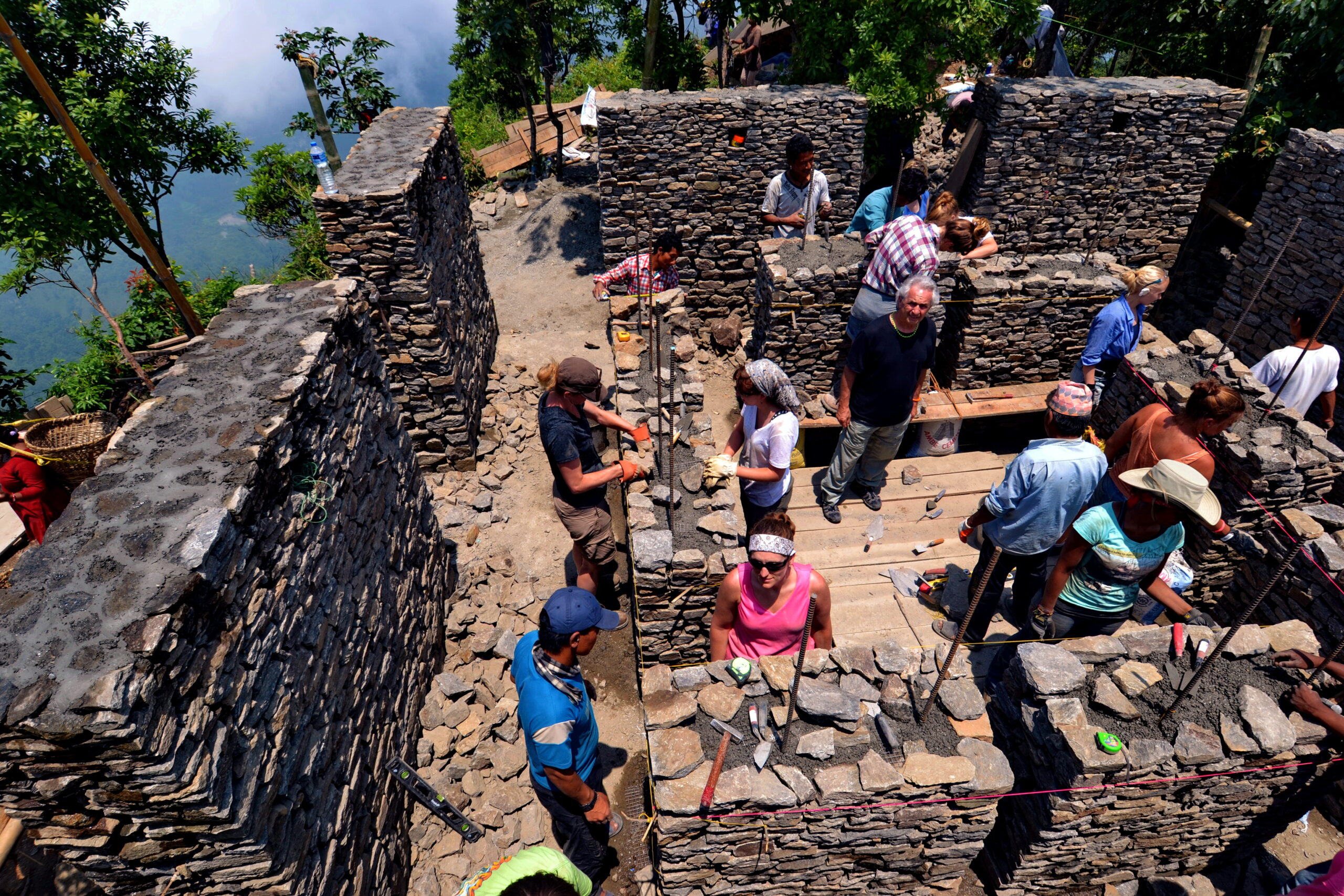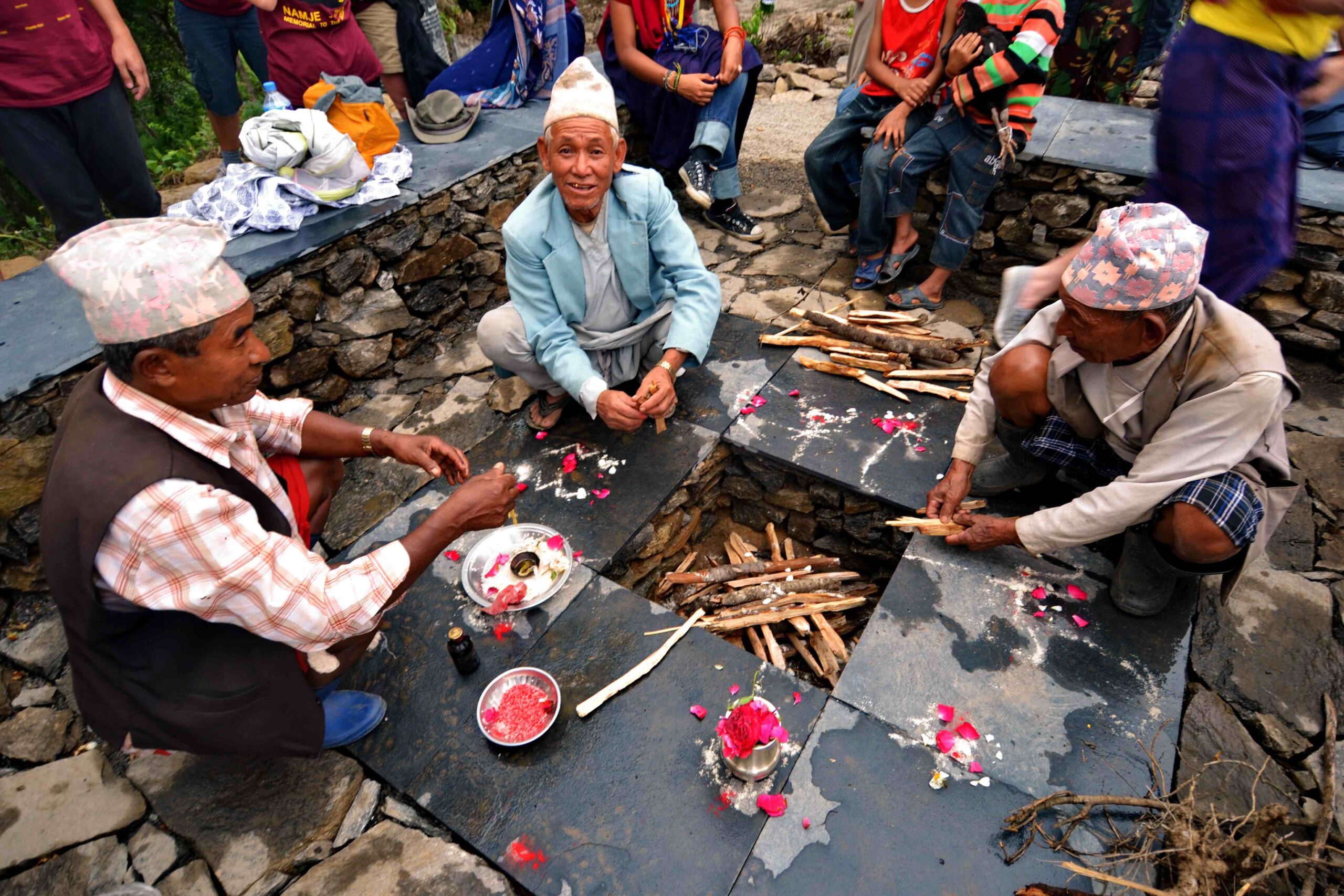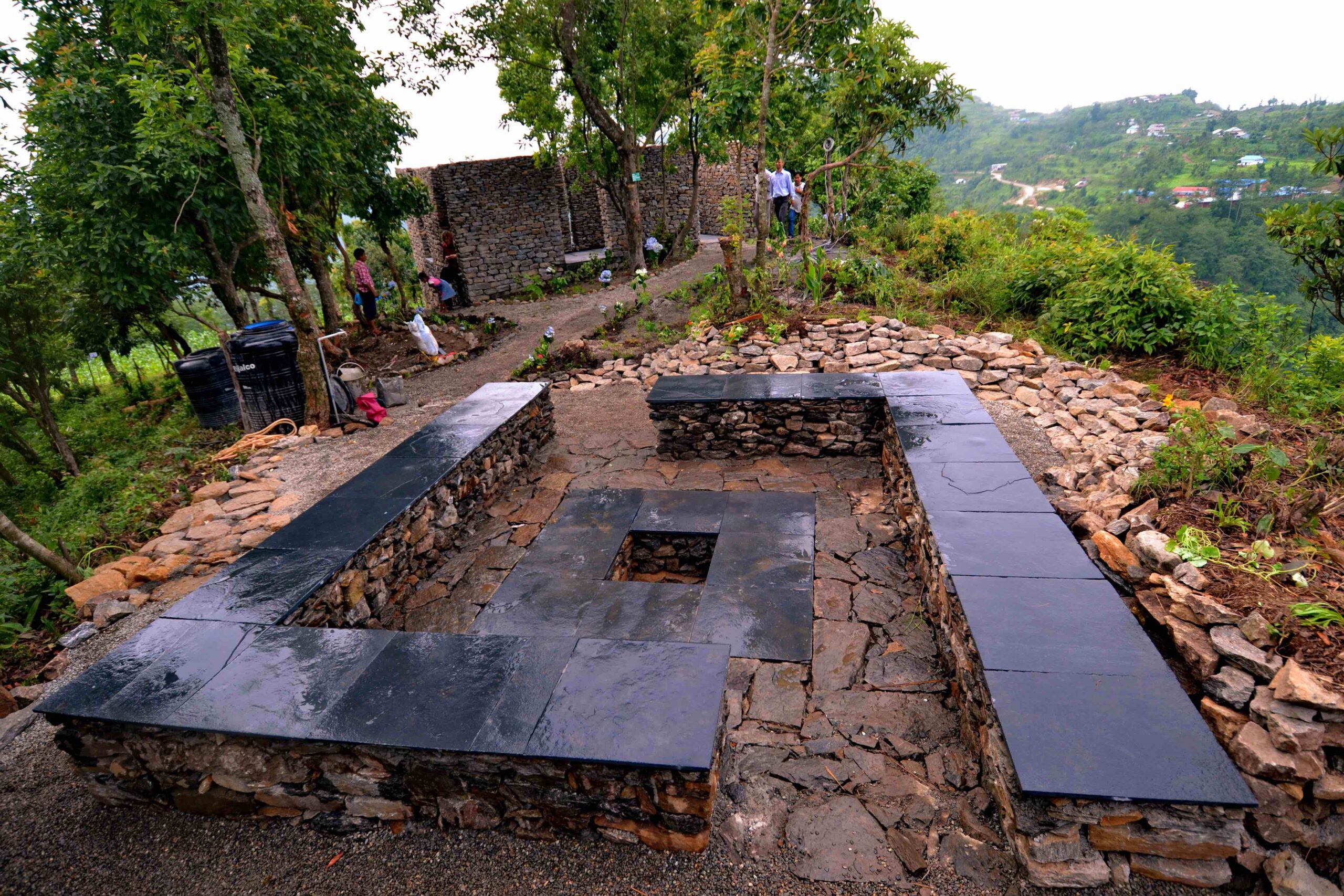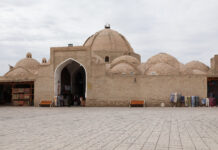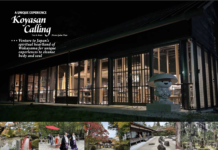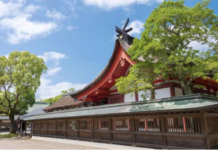Text & photos Laura McManus
Kathmandu, Nepal, is a city under construction. Flying in, the majestic views of snow-capped mountains and green terraced hills soon give way to an image of the valley where unfinished buildings and protruding steel rods dominate the landscape. Once on the ground, the disconnect between a haphazard and uncoordinated cityscape on the one hand and a culture steeped in rich religious, ethnic and traditional diversity on the other hand is apparent to anyone. The concept of a sacred space in Kathmandu is very much confined to the main religious sites such as Swoyambhu, Boudha and Pashupati temples, while the ubiquitous concrete structures emanate a lonely and homogenised modernity.
Embedded in a discourse on developmental globalisation, the situation in Nepal is emblematic of the architectural quagmire facing many countries of the global south. The predicament lies in an understandable desire to modernise and develop, but at the same time, preserve and maintain the cultural heritage that is integral to the meaning of that society. For American architect Travis Price, this is exactly the delicate balance he is endeavouring to achieve through his Spirit of Place design project. Spirit of Place–Spirit of Design is a programme run in conjunction with graduate architectural studies at the Catholic University of America, Washington, DC. After consultation with the local community, Travis leads the students on a journey of cultural exploration, understanding and meaning from which a contemporary and ecologically sound structure is designed to encapsulate the sacredness and spirit of place.
Responding to the “phenomenal and rapid rate at which cultures and the sacred are vanishing”, Travis began the Spirit of Place studios 18 years ago to give “modern architecture an ecological balance but also a story”. The quest to “dive deep into cultures to find their enduring memory” began in 1993 at the Yukon Border in British Columbia, Canada, where they built a temple of The Crow & Sacred Greek Geometries. Over the years the project has been to a host of countries, including Peru, Ireland, Italy, America and Nepal in 2001. Inspired by a land he describes as “replete with storytelling”, Travis, along with 18 students, returned to Nepal in June 2011 to complete a monument
to the ancestors in Namje Thumki, a rural village east of
the country.
Collective action and community ownership over the process and product is integral to the success of any Spirit of Place project. Back in January, Travis along with programme director Kathleen Lane held a series of meetings with the shaman to help understand the sacred traditions and rituals of the Magar people who inhabit the land. Revealing that new crops planted on the mountainside were destroying centuries-old graves, the villagers suggested that they would like to build a memorial to their ancestors as a place to worship and remember them by. An ancient burial ground at the top of Thumki Hill was selected as the project site.
For the rest of this article (Asian Geographic No.83 Issue 6/2011 ) and other stories, check out our past issues here or download a digital copy here


